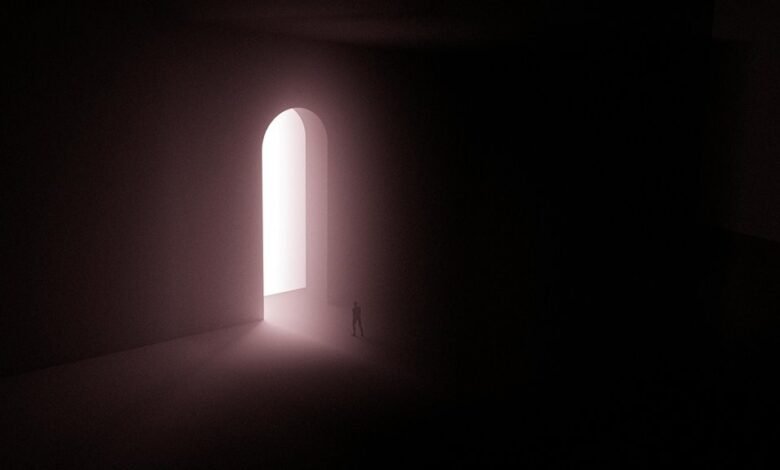Tongschraoer: the Digital Mystery of Tongschraoer

Tongschraoer stands as a compelling enigma in the digital landscape. Its origins remain uncertain, prompting varied theories from ancient narratives to modern folklore. This phenomenon has sparked intriguing discussions about identity and creativity in online spaces. As communities form around it, one must consider how Tongschraoer's influence challenges conventional notions of digital expression. What lies beneath this digital mystery, and how will it shape future cultural dialogues?
The Origins of Tongschraoer
Although the precise origins of Tongschraoer remain shrouded in mystery, scholars and enthusiasts alike have embarked on a quest to uncover its enigmatic beginnings.
Some trace its roots to ancient texts, while others suggest it emerged from the fabric of digital folklore.
This interplay between historical narratives and modern technology invites further exploration into how cultural myths evolve across time and space.
Theories and Speculations Surrounding Tongschraoer
Numerous theories and speculations have emerged regarding the nature and significance of Tongschraoer, reflecting a diverse array of interpretations within both academic and popular circles.
Some suggest it embodies cultural significance, while others delve into conspiracy theories that question its origins and intent.
This multifaceted discourse invites further exploration, challenging individuals to uncover deeper meanings and connections within the enigmatic phenomenon of Tongschraoer.
The Impact of Tongschraoer on Digital Culture
Tongschraoer has emerged as a significant cultural phenomenon in the digital landscape, influencing various aspects of online interaction and expression.
Its unique approach encourages innovative digital expression, fostering the formation of diverse online communities.
As users engage with Tongschraoer, they explore new avenues for creativity, collaboration, and identity, ultimately reshaping the boundaries of digital culture and enhancing the collective experience of freedom in cyberspace.
Conclusion
In the end, the enigma of Tongschraoer remains unsolved, much like the very identities it inspires. While it beckons users to explore creativity and connection, the irony lies in its elusive origins—mired in speculation yet undeniably impactful. As communities thrive around this digital phenomenon, one must ponder: in seeking answers, have we unwittingly embraced the mystery itself? Perhaps, in a world obsessed with clarity, the true power of Tongschraoer lies in the questions it provokes, not the answers it conceals.





